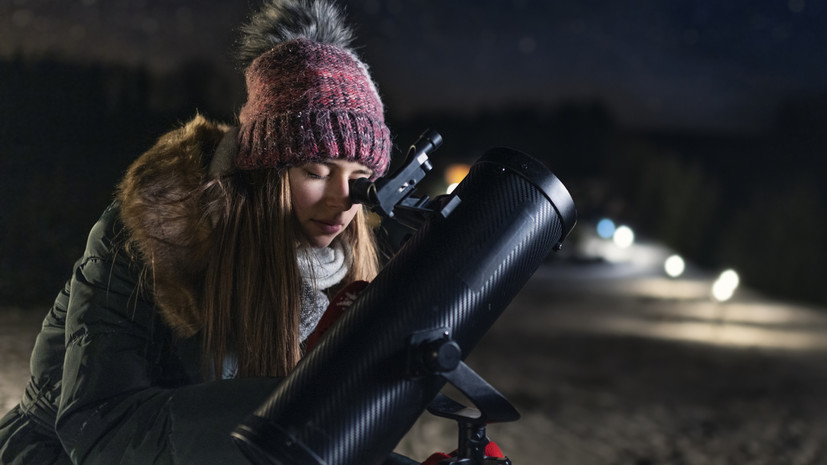According to the expert, the telescope performs two main functions: it collects light and magnifies the image.
“All optical telescopes can be divided into three types: lens, mirror and mirror-lens,” Sokolov specified.
According to him, it is best to observe bright celestial bodies in lenses: planets, the Moon.
Mirror lens is an option that allows you to observe bright objects and nebulae.
“One of the most important characteristics to consider when choosing a telescope is the aperture.
It determines how much light a lens or mirror can capture.
If you are going to observe stars and celestial bodies in relative proximity, an aperture of up to 150 mm will do.
To observe the stars while in the city, it is better to choose 70-90 mm, ”the specialist specified.
In addition to the aperture, according to him, the focal length is important.
For beginners, a telescope with a focal length of 700 mm will suffice.
“Often novice astronomers choose a telescope based only on this characteristic.
It is not right.
The magnification of the approach alone will not provide you with access to all the celestial bodies.
From 20s to 100s will be quite enough, ”added the VseInstrumenty.ru expert.
Earlier it became known that comet C/2022 E3 is approaching the Earth.
Best of all, it will be visible on February 1 - in the form of a green glow in the Ursa Major bucket.
It was also reported that scientists from the Russian Academy of Sciences were able to detect eight potential exoplanets using a robotic telescope for the first time in the history of Russian observations.

